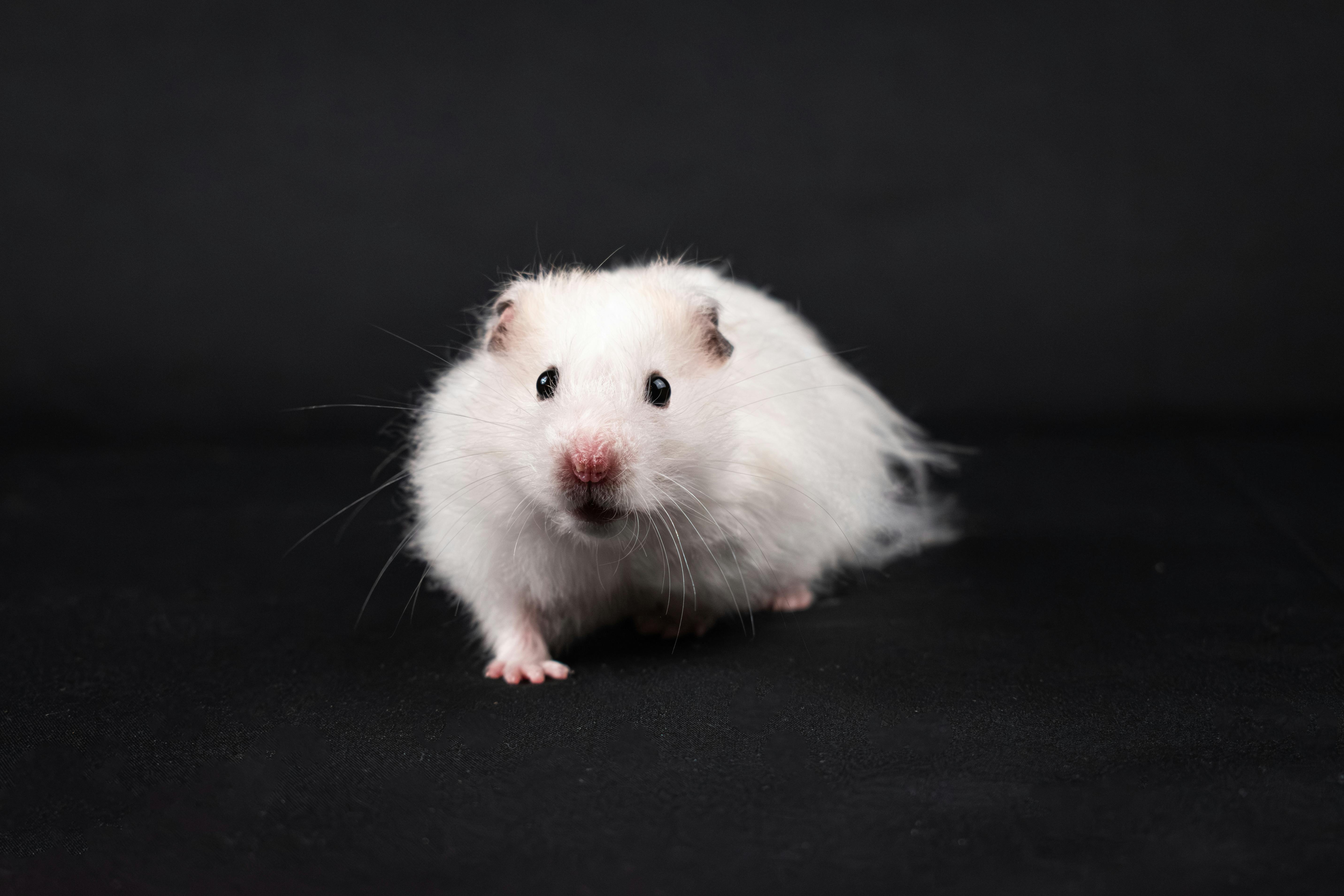
Top 5 Practical Solutions for Your 5 Gallon Aquarium Kit in 2025
Setting up a 5 gallon aquarium kit can be an exciting adventure for both beginners and experienced aquarists. This manageable size is perfect for various fish species, making it an ideal starter tank for freshwater fish. Properly setting up your aquarium not only enhances its aesthetic appeal but also contributes to the health and well-being of its aquatic inhabitants. In this comprehensive guide, we’ll explore five practical solutions to optimize your aquarium setup, focusing on essential equipment, maintenance tips, and design ideas. With effective planning, you can create a thriving ecosystem that brings joy and beauty into your home.
As we dive into the various aspects of aquarium care, you’ll discover benefits like improved fish health, ease of maintenance, and insights into compatible fish species. Plus, we’ll provide recommendations on popular aquarium supplies and techniques that will keep your aquatic environment flourishing. Let’s explore how you can make the most out of your fish tank setup in 2025!

1. Choose the Right Aquarium Equipment
With a 5 gallon aquarium kit, selecting the proper equipment is crucial for maintaining an optimal environment for your fish. Key components include an effective aquarium filter, LED lighting, and an aquarium heater to ensure suitable water conditions.
Essential Aquarium Filtration Systems
The quality of filtration can significantly impact the health of your aquatic environment. Look for efficient aquarium filtration systems that suit your tank size. A combination of mechanical, chemical, and biological filtration can enhance water clarity and eliminate harmful substances. Consider using a sponge filter, which is particularly beneficial for smaller tanks.
Effective Aquarium Lighting Options
Adequate lighting is vital not only for the survival of your fish but also for any aquatic plants you may want to include. LED lights are energy-efficient and can replicate the natural day-night cycle, contributing to the well-being of your aquarium’s ecosystem.
Maintaining Optimal Water Temperature
For many fish species, maintaining the right water temperature is essential for promoting healthy behavior and growth. An aquarium heater designed for a small tank is a perfect choice. Remember to monitor the water temperature regularly to avoid stressing your fish.
Building on these fundamentals, let's look at the next important aspect: how to choose appropriate aquarium substrate.
2. Selecting the Best Aquarium Substrate
The substrate you choose for your fish tank setup plays a pivotal role in maintaining water quality and supporting plant growth. A suitable substrate enhances the aesthetic appeal of your aquarium while providing a natural environment for your fish.
Types of Aquarium Substrates
There are several types of substrates available, including gravel, sand, and specialized soil for plants. Each option has its advantages; for example, gravel is easy to clean, while sand provides a natural look and is ideal for certain fish species that like to burrow.
Benefits of Live Plants in Aquariums
Aquatic plants not only improve the aesthetics of your tank but also contribute to better water quality by providing oxygen and removing carbon dioxide. Consider incorporating live plants as part of your aquarium design ideas. They can also provide hiding spots and breeding grounds for your fish.
Establishing a Healthy Substrate Layer
To create a balance in your aquarium ecosystem, establish a healthy substrate layer. A general rule is to keep the substrate depth at about 1-2 inches to ensure proper root anchoring for your plants while allowing unobstructed water flow.

With foundational equipment and substrate in place, let’s explore how to maintain your aquarium effectively.
3. Aquarium Maintenance Tips for Long-Term Health
Regular maintenance is essential for ensuring the longevity and health of your 5 gallon aquarium kit. This section covers efficient cleaning methods, monitoring vital water parameters, and tips for maintaining cleanliness.
Establishing a Cleaning Routine
Create a consistent maintenance schedule that includes partial water changes every couple of weeks and routine cleaning of the tank, including the glass, substrate, and decorative elements. Using a gravel vacuum not only helps in cleaning the substrate but also promotes beneficial bacteria essential for the nitrogen cycle.
Understanding Aquarium Water Parameters
It's crucial to regularly test your aquarium water parameters, such as pH levels, ammonia, nitrite, and nitrate levels. Using test strips can help you monitor these parameters effectively. Identify the ideal levels for your selected fish species to ensure optimal living conditions.
Common Aquarium Troubleshooting Techniques
Being proactive can help mitigate issues before they become significant problems. Familiarize yourself with common fish diseases and symptoms, and address any signs of stress or illness in your fish. Ensuring disease prevention through proper water treatment and maintaining a balanced ecosystem is vital.
Connected to maintenance, let's transition to discussing the best practices for feeding and caring for your fish.
4. Essential Fish Care: Feeding and Compatibility
Proper fish care goes beyond just maintaining water quality; it’s also about understanding their dietary requirements and compatibility within a community tank setup. This section provides insights into fish feeding schedules and compatibility charts.
Choosing the Right Fish Food
Selecting appropriate food is essential for the health of your fish. Opt for high-quality fish food specific to the types of fish you have in your tank. For example, tropical fish typically require high-protein diets, while others may thrive on a vegetarian diet. Consider supplements like calcium supplements for fish to support their health.
Understanding Fish Species Compatibility
When selecting fish for your aquarium, refer to a fish compatibility chart. Certain species thrive better together than others, and ensuring compatible tank mates can prevent stress and aggression. Research the requirements of each species before introducing them to your tank.
Monitoring Fish Health During Breeding
For those interested in breeding, establishing a separate breeding tank can help protect young fish from other tank mates. Keep an eye on spawning behavior and provide appropriate conditions that encourage breeding while maintaining a stress-free environment.
Taking this concept further, let’s explore tips on enhancing the aesthetic appeal of your aquarium.
5. Enhancing Your Aquarium's Aesthetics
The visual appeal of your 5 gallon aquarium can be one of its most rewarding features. Choosing the right decorations, layout, and plants not only beautifies your tank but also enriches the living experience for your fish.
Smart Aquarium Layout Suggestions
Strategically planning your aquarium layout is essential for both aesthetic and functional purposes. Incorporate rocks, driftwood, and various plants to create depth and hiding spots. This also allows fish to establish territories, promotes natural behavior, and reduces stress.
Utilizing Aquarium Decorations
Adding decorative elements, such as shells and themed ornaments, can enhance the look of your aquarium. Ensure that any decorations are safe for aquatic life and won’t leach harmful substances into the water. Prioritize environmentally friendly aquariums when selecting items.
Creating an Inviting Natural Environment
Incorporate natural elements that mimic the fish's native habitats. Using a mix of aquatic plants care and layers of substrate can achieve a vibrant, inviting aesthetic. Remember, a well-decorated aquarium is not only visually appealing but also healthy for your aquatic inhabitants.
Q&A Section: Common Questions About Your 5 Gallon Aquarium Setup
1. How often should I change the water in my 5 gallon tank?
Typically, aim for a 20-25% water change every 1-2 weeks. This helps maintain water quality and provides a healthy environment for your fish.
2. What type of fish can I keep in a 5 gallon aquarium?
Some suitable fish species for a 5 gallon tank include betta fish, guppies, and neon tetras. Ensure to check compatibility before introducing new fish.
3. How can I prevent algae growth in my tank?
To control algae, maintain good water quality, avoid overfeeding, and provide balanced lighting. Additionally, consider using algae-eating fish or snails.
In conclusion, setting up and maintaining a 5 gallon aquarium kit requires careful consideration of the right equipment, components, and care techniques. By following these practical solutions, you can create an inviting and healthy aquatic environment that showcases your fish and enhances your home decor.